
TVS Apache RTR 310 Review: Is it the best BMW-TVS product yet?
The BMW-TVS partnership is a love affair that keeps on giving. After the TVS Apache RR 310, BMW G 310 R, G 310 GS, and the G 310 RR, the brand new Apache RTR 310 is the latest product to join the family.
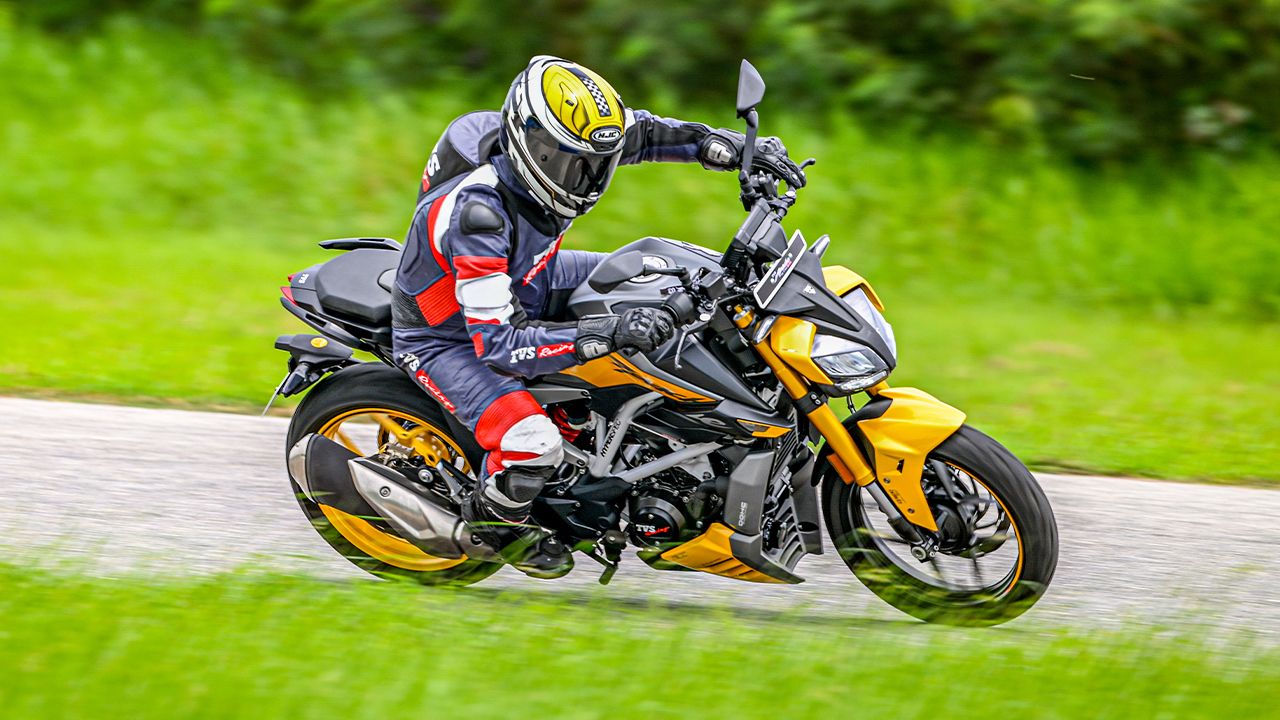
The BMW-TVS partnership is a love affair that keeps on giving. After the TVS Apache RR 310, BMW G 310 R, G 310 GS, and the G 310 RR, the brand new Apache RTR 310 is the latest product to join the family.
On the face of it, the RTR 310 is just a G 310 R in TVS’ clothing – a street-naked motorcycle that’s more or less the same as its BMW counterpart. Or, you can even call it an Apache RR 310 that’s shed its skin in order to be more road-focused. Now, while all that is true, the RTR 310 brings a whole lot more to the table. What is it? And how is it different from its mechanically identical 310 siblings? Well, we got to ride it in Thailand – on the road as well as on a track – to find out.
TVS Apache RTR 310: Design
Unlike what BMW did with the G 310 RR – took the Apache RR 310, slapped BMW stickers and a paint job on it, and sold it as is – the TVS design team went to town to give the Apache RTR an identity of its own. There’s not a single design element here that looks similar to the G 310 – the RTR looks completely different, and that’s a good thing.
Coming to its design, I have to say that it nails the roadster look. The front end is beefy, highlighted by a hunkered-down stance, thanks to its twin full LED headlamp setup along with a sharp and chiselled cowl. It definitely seems to take inspiration from the likes of the Yamaha MTs and Ducati Streetfighters but it’s not a cut-paste job for sure as we had thought earlier.

The wheelbase and overall geometry are unchanged from the G 310 R, albeit there are a lot of new elements. The steel trellis frame for example comes with a new aluminium rear frame, resulting in a sharper and tapered tail section. The tyre size is unchanged, meaning it continues to roll on 17-inch wheels. You get some cool dual-tone colour options, namely Fury Yellow, Arsenal Black, and Sepang Blue (Rs 10,000 extra!). The fit-and-finish quality is typically TVS, meaning everything feels premium and is built to last.
If there’s a design element that doesn’t really gel here, it’s the exhaust – it’s a bit of an eyesore and looks quite bulky in an otherwise sleek and sharp-looking motorcycle.
Hop on to the motorcycle and it’s quite evident that the riding position is a little more aggressive than the G 310 R. The handlebar is placed slightly forward and is lower, while the pegs are more rear-set. But, in terms of accessibility and practicality, there isn’t any compromise here. It weighs around 169kg (wet), which is slightly more than its direct rivals and the G 310 R. But even then it doesn’t feel its weight.
Also read: TVS Apache RTR 310 Launched in India at Rs 2.43 Lakh
TVS Apache RTR 310: Features & Equipment
Features-wise, forget the G 310 family, the RTR 310 blows all of its rivals out of the water with its long list of goodies! It gets a new 5-inch inch TFT display, which is of good quality and is easy to read in direct sunlight. But, what’s even more impressive is the number of features and functionality it packs. You get a tyre pressure monitoring system, an IMU-based electronics suite, which allows it to have cornering ABS, cornering traction control, and cornering cruise control. You also get wheelie control, a bi-directional quick-shifter, and even a heated-and-cooled rider seat – which is a segment-first feature. And the latter isn’t just a gimmick – it actually works quite impressively.

Like the Apache RR 310, you have four riding modes – Urban, Rain, Sport and Track, with the latter two being the most aggressive in terms of power delivery, traction control settings and ABS intervention (less intrusive, that is). And this brings us to the topic of its engine performance…
TVS Apache RTR 310: Engine Performance
The 312cc single-cylinder unit here is the same as before, but for this application, it’s been tweaked. TVS claims the RTR 310’s powertrain gets 5% lighter forged pistons and a bigger airbox, which allows for better volumetric efficiency. The upshot is a slight bump in peak power output (35.1bhp vs. 33.5bhp) and torque (28.7Nm vs. 27.3Nm). Now, while the gain sounds insignificant on paper, it’s a totally different story when you put the power down on the road.
This engine isn’t subdued like it is in the BMW. Instead, it’s a bit of hooligan – the throttle response is sharp at low rpms and it’s always raring to go. The 312cc motor feels much livelier here than in any other application, including the Apache RR 310. The fact that it runs a shorter final drive ratio indeed makes it more eager to your throttle inputs as well.
The great thing is that the engine behaves exactly in the same manner in all modes until about 6,000rpm. In Track and Sport mode, it unleashes its full fury post that, and in Urban and Rain, the torque curve is a bit flat after 6,000rpm. What’s also impressive is that the throttle response and fuelling are quite crisp and the traction control is also tuned in a way that it doesn’t interfere abruptly.
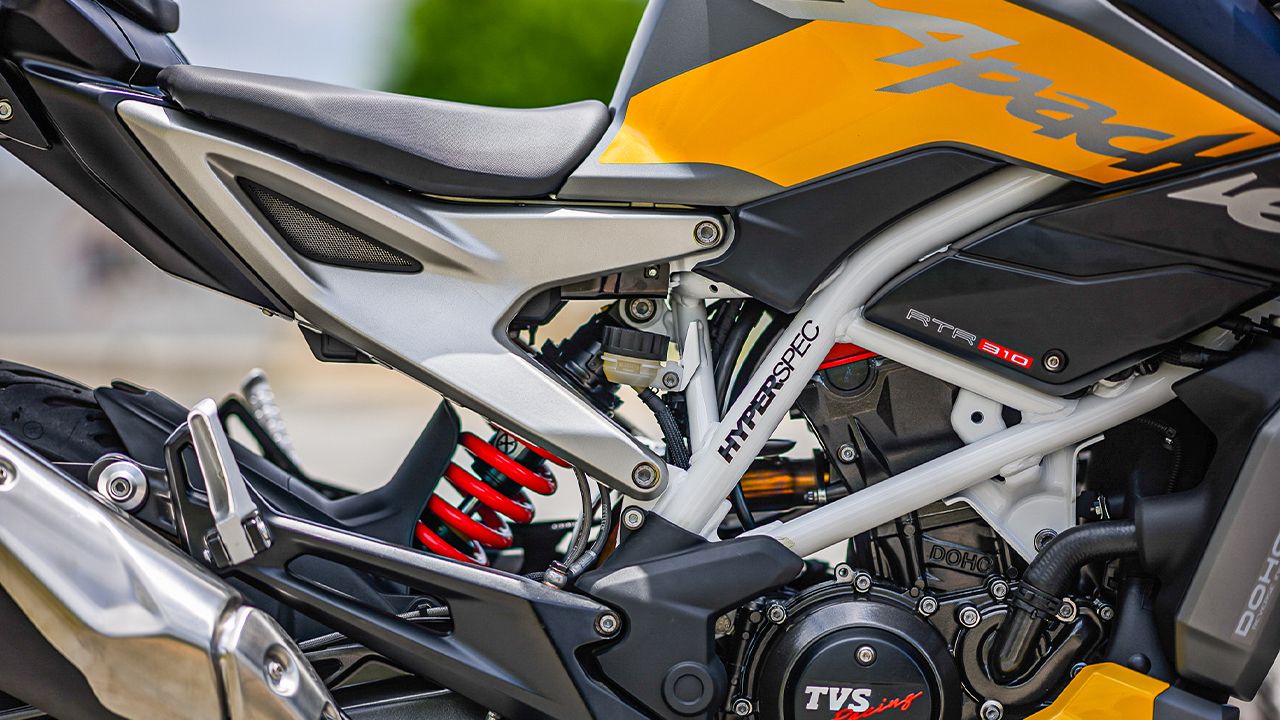
Performance is strong throughout the rev range, but because of the shorter gearing and vibey nature of this powertrain – which is quite well known to us by now – NVH levels are quite high. The fuel tank, handlebar and pegs start buzzing from as low as 6,000rpm and the vibrations stay put till you hit the redline at 9,000rpm. In the city, it’s not much of a bother, but if you’re out riding on open roads, the vibrations can get annoying. For instance, at 80km/h the engine revs at around 6,000rpm in sixth gear and the vibrations start creeping in from that moment. Sure, you can go all the way to 150km/h – and it pulls quite effortlessly since the top-end is quite strong – but the buzzing never stops.
Barring the base variant, TVS has equipped the RTR 310 with a bi-directional quick-shifter and it worked flawlessly during the time I rode the motorcycle – both on the track and road. It’s smooth and seamless, and I hardly remember an instance where it didn’t click through properly.
TVS Apache RTR 310: Ride & Handling
Just like the Apache RR 310 BTO, the RTR 310 is also available with a fully adjustable suspension. The setup is identical, meaning it can be set for both compression and rebound. This is an Rs 18,000 optional extra, though, and isn’t a standard feature. Similarly, all the electronics aids aren’t a part of the standard kit – you have to opt for the Pro Kit, worth Rs 22,000 – to get all the bells and whistles. On this occasion, we were riding the fully loaded version.
The first part of the ride included navigating through the busy streets of Bangkok, and it was a cakewalk. The Apache RTR 310 is an agile handler and a willing companion when you ride in stop-go traffic. Squeezing through gaps comes naturally to it, and it feels light on its feet all the time. The suspension was tuned for the super smooth roads of Bangkok – it felt firm at first, but going over bumps – which were few and far between – wasn’t a spine-jarring affair. Instead, it felt quite pliant and supple. But then, you can tweak the suspension as you like – that’s the beauty of a fully adjustable setup.
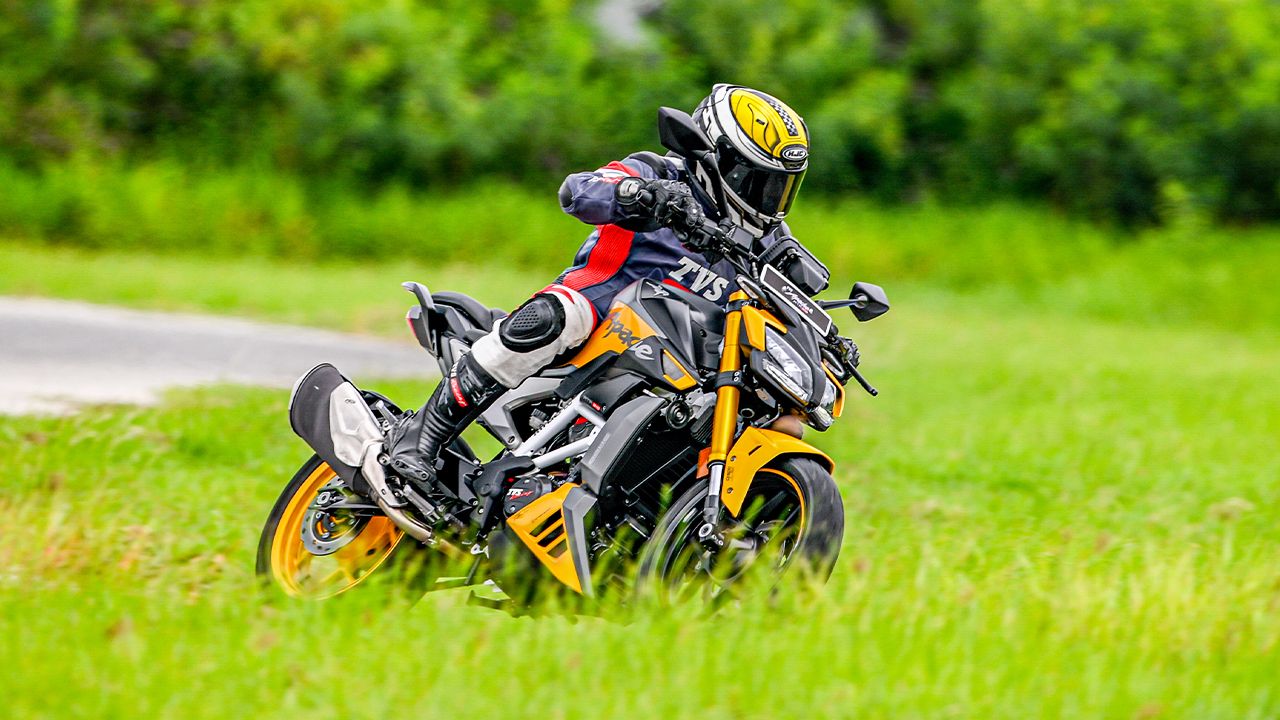
The only thing that had me troubled after just 50km of riding was the saddle – it was a bit hard and unsupportive. I mentioned this to TVS engineers later on and they said it’s been done on purpose so that the rider can get ‘feedback’ from the motorcycle while riding it hard. In short, if you want comfort and a plush riding experience, look elsewhere!
We had a 20-minute track session with the RTR 310 on a tight and bumpy racetrack just outside of Bangkok. I ran the same compression and rebound settings on the track since we didn’t have much time to fiddle with the suspension. On the track, the RTR 310 behaved more or less like I had expected. I have already ridden the RR 310/G 310 multiple times on racetracks in India, and I believe this platform is one of the best for track riding as it’s got a beautiful balance and is entertaining and forgiving to all riders irrespective of their skill set.
Going around corners, the RTR 310 tipped into corners effortlessly and the front end feels rock-solid when you’re fully leaned over. The mid-corner stability is phenomenal as the suspension absorbs bumps and undulations beautifully. It’s a motorcycle that allows you to push your limits. Even on the bumpier sections of the track, it felt glued to the road. Compared to the RR 310, this feels even livelier around a racetrack because of its snappy acceleration and tall handlebars that give more leverage to the rider. Plus, the Michelin Road 5 tyres have impressive grip levels. The brakes are sharp but I feel they could do with a more progressive feel. Overall, it’s a potent track tool.
Also read: TVS X Electric Scooter Launched in India
Verdict
When TVS dropped the teasers of the RTR 310 a month ago, I wasn’t expecting much. I thought this was going to be another cross-badging exercise. However, after having tested it, I have to say that I made the mistake of leaping to conclusions rather quickly. The RTR 310 feels a whole lot different and is definitely more fun than its BMW counterpart. Plus, there’s so much tech and features on offer that it’s impossible to call it just another BMW-TVS-product. It is, undoubtedly, the most complete package to come out of the TVS-BMW partnership, period.
There’s a catch, though. And that is that you really have to pay a hefty premium to make it a ‘complete’ package. So, while the base version starts at Rs 2.43 lakh (ex-showroom), the fully-loaded version costs in excess of Rs 3 lakh (ex-showroom). But, again, when you look at the larger picture, it is still an irresistible deal overall.
Lastly, you have got to give it to TVS for honing this platform year and year again and making it look more complete with each iteration. They have got yet another winner in the Apache RTR 310.
Next up, can we have the TVS version of the G 310 GS, please?
Engine: 312cc / Single-Cylinder / Liquid-Cooled
Transmission: 6-Speed
Power: 35.1bhp @ 9,700rpm
Torque: 28.7Nm @ 6,650rpm
Price: Rs 3.04 Lakh (Ex-Showroom; As Tested)
X-Factor: A proper hooligan at heart with segment-best features & stellar riding dynamics.
|
Pros • Features |
Cons |


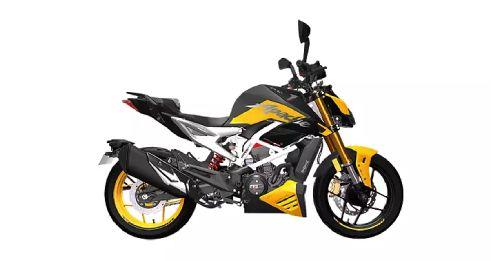

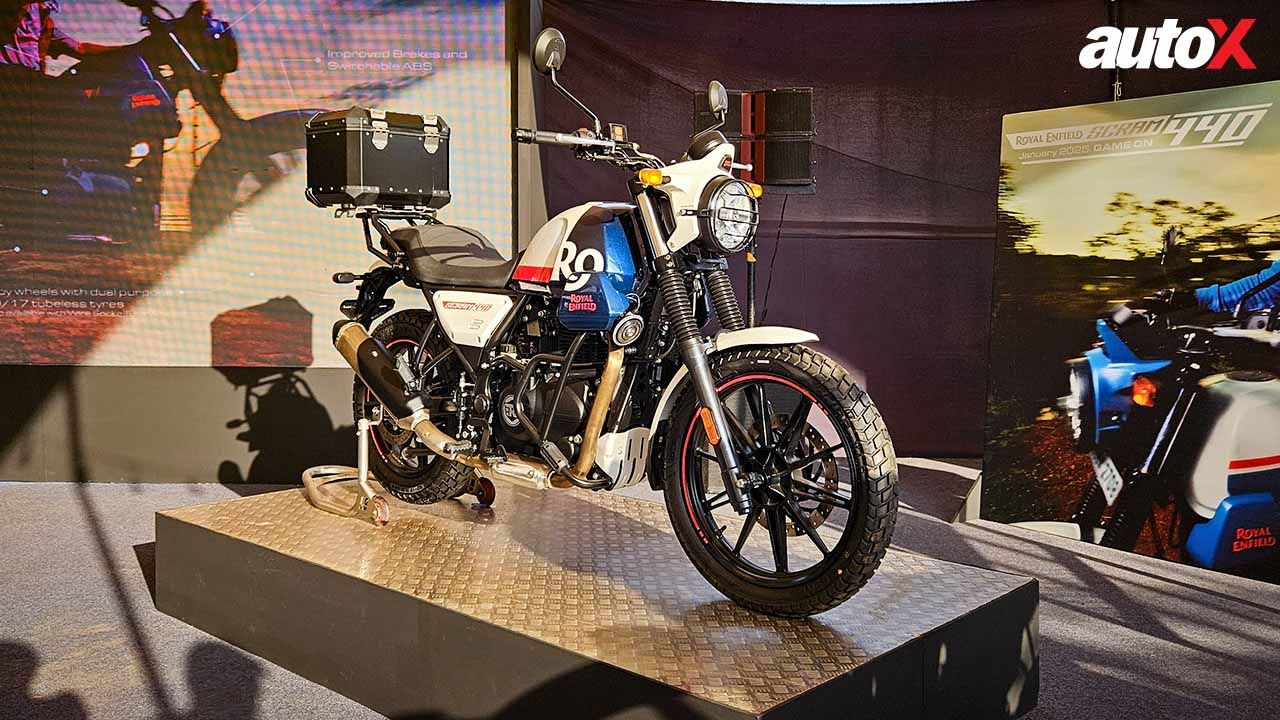
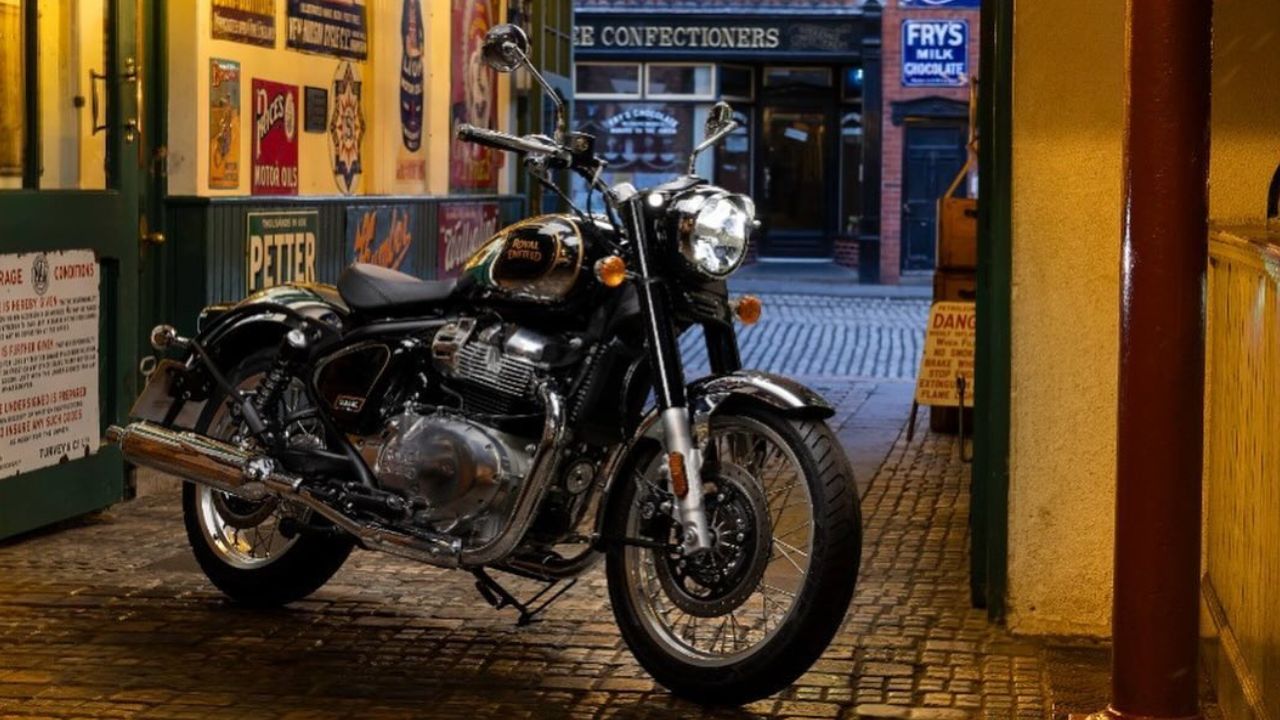
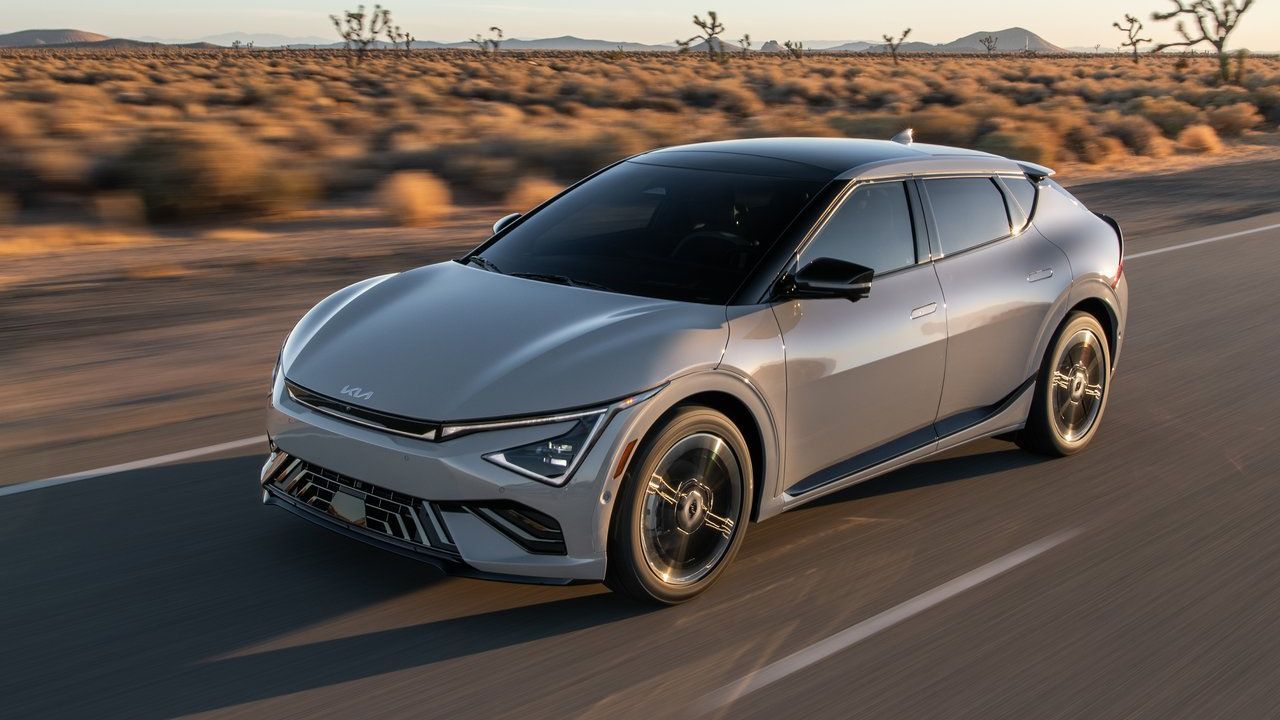
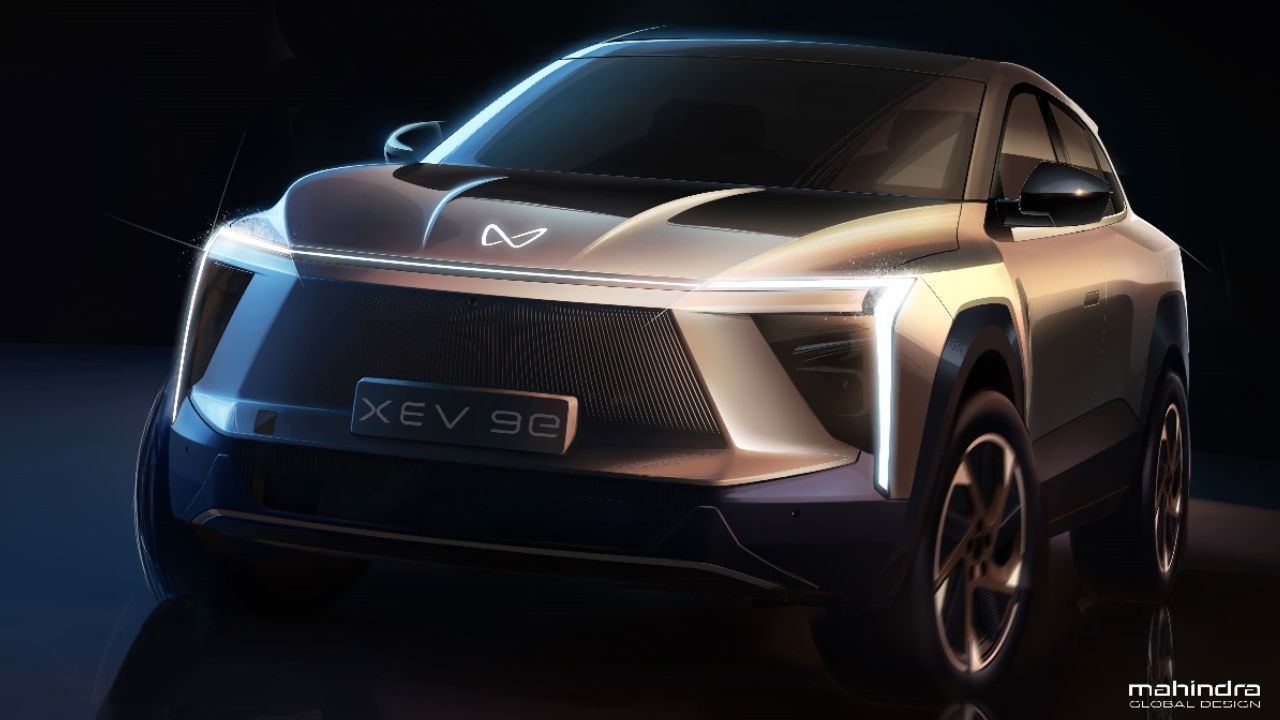
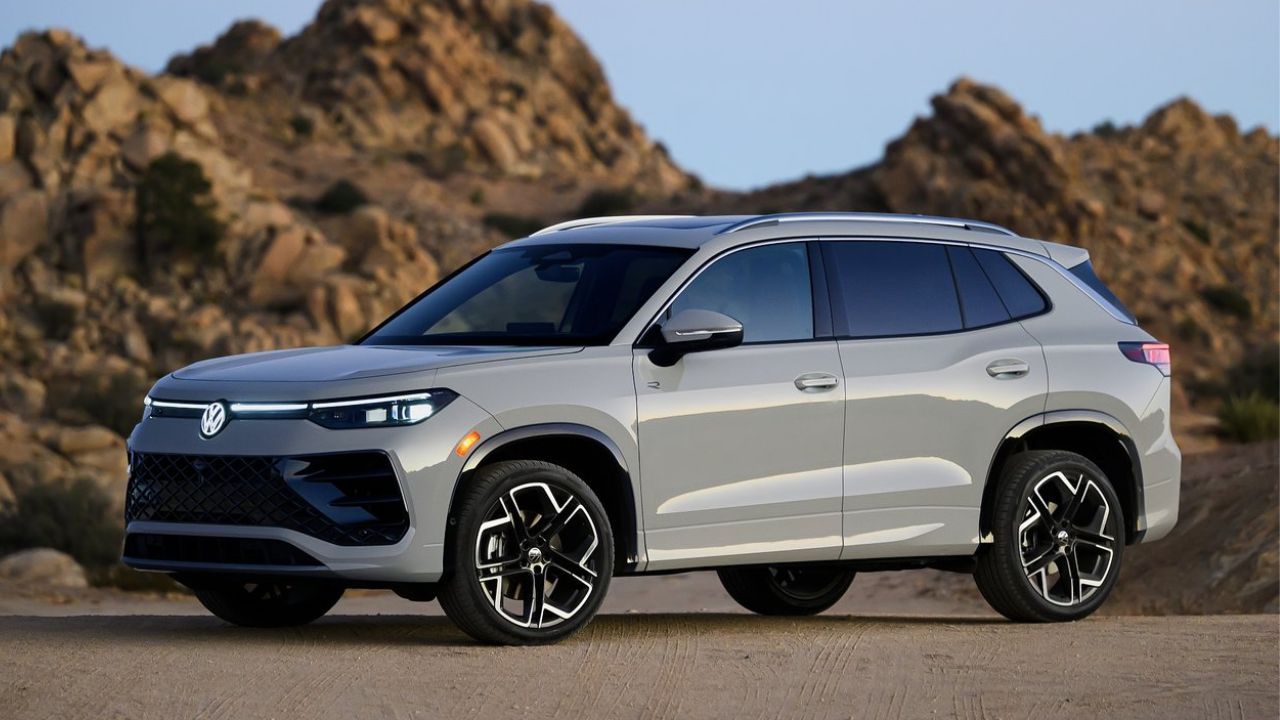
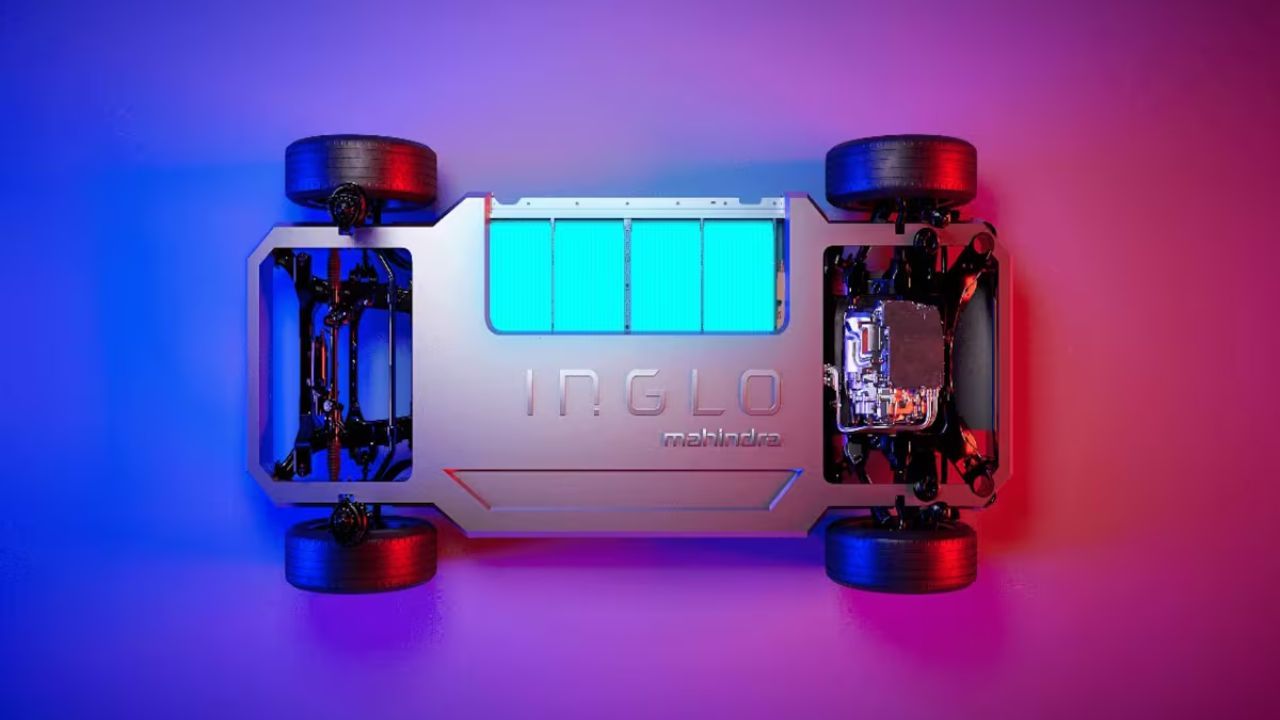
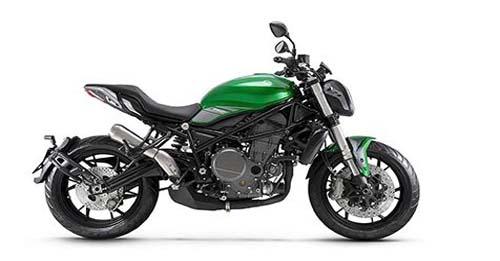
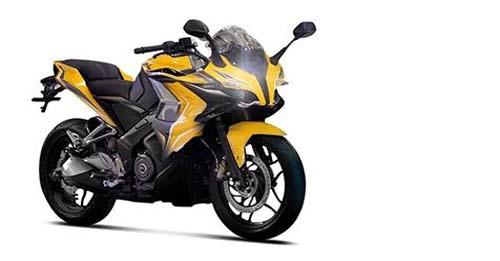
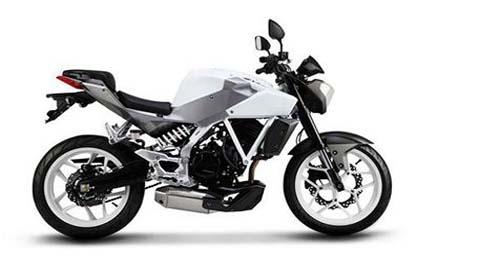
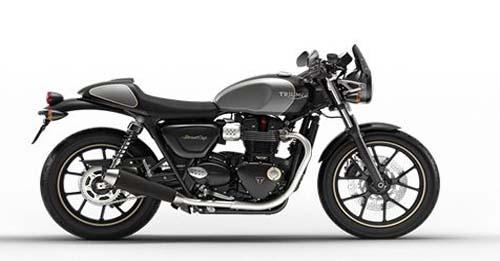
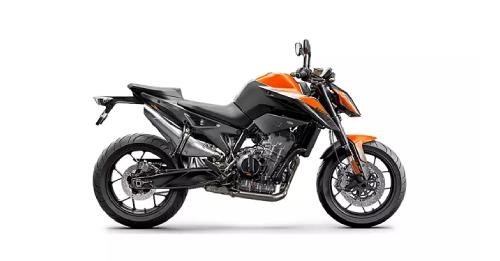









Write your Comment on